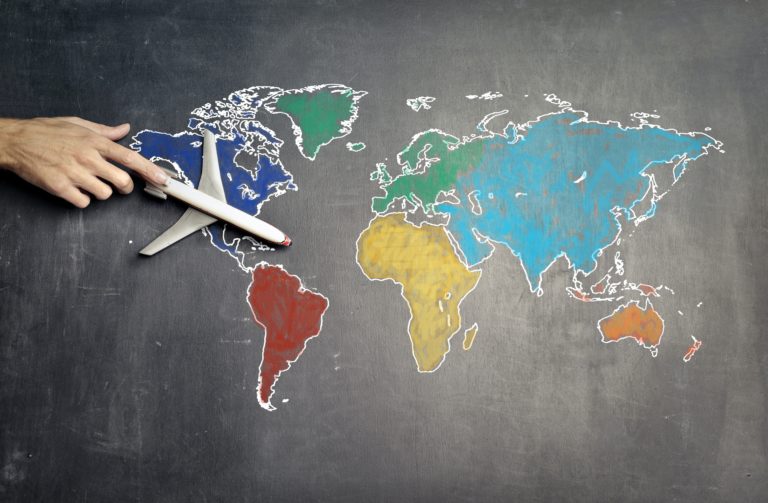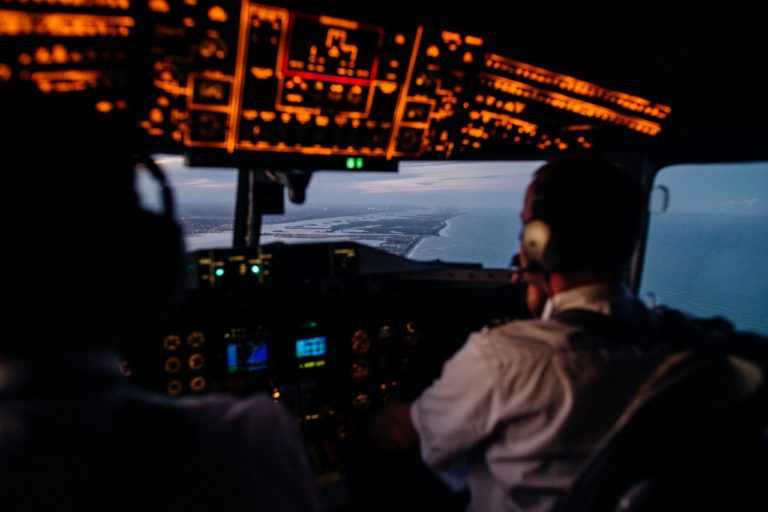After the advent of the industry 4.0 demands, many technologies were recognised to be mandatory technology upgrades for almost all industrial domains. The Digital Twin and Simulation Technology stand in the front of the line, in the most advantageous new-age technologies for the aviation industry. Today we will be investigating why the Digital Twin Technology and Simulation Technology is no longer an option but a requisite technology updated for industrial players in the aviation industry.

Immersive Visualisation And Analytic Windows For Aviation Practitioners
This is where Digital Twin and Simulation Platforms have been most helpful. As the IIoT technology interconnects sensors, databases, information systems, and other data sources to a controlled and centralised point, the Digital Twin Technology can manipulate the data to mimic a virtual model of actual Airline Assets. The Digital Twin Technology enables a highly-detailed and real-time virtual replica of the actual airline infrastructure and capital assets which supports the initiation of simulation platforms and other technologies like emulation, constructive-based scenario analysis and more. Here are four main reasons why Digital Twin and Simulation Technologies are essential for the aviation industry.
How Does Digital Twin and Simulation Facilitate The Aviation Industry?
Identify Hidden Development Opportunities
Aids in Meeting Operational Excellence
Digital Twin and Simulation Platforms also help aeroplane manufacturers to get a full-scale comprehensive view of workflows too. For example, they can use the twin models to understand the required resources, check for the availability of resources and estimate task complete durations without making endless phone calls or texting each and every department. This helps the aviation manufacturers in optimising employee utilisation and increasing their productivity based on critical task completion (rather than inefficient time-based schedules). Also, the time wasted on monitoring, coordinating and finding assets and other materials will no longer depend on slow and time-consuming manual methods. This visualisation capability will help the business in gaining the maximal return on net assets. This technology will advance:
- Organisational environment monitoring
- Problem area exploration
- Production scheduling
- The traceability of order and materials
- Waste management and more.
Supercharge Integration
Critical Event Analysis

